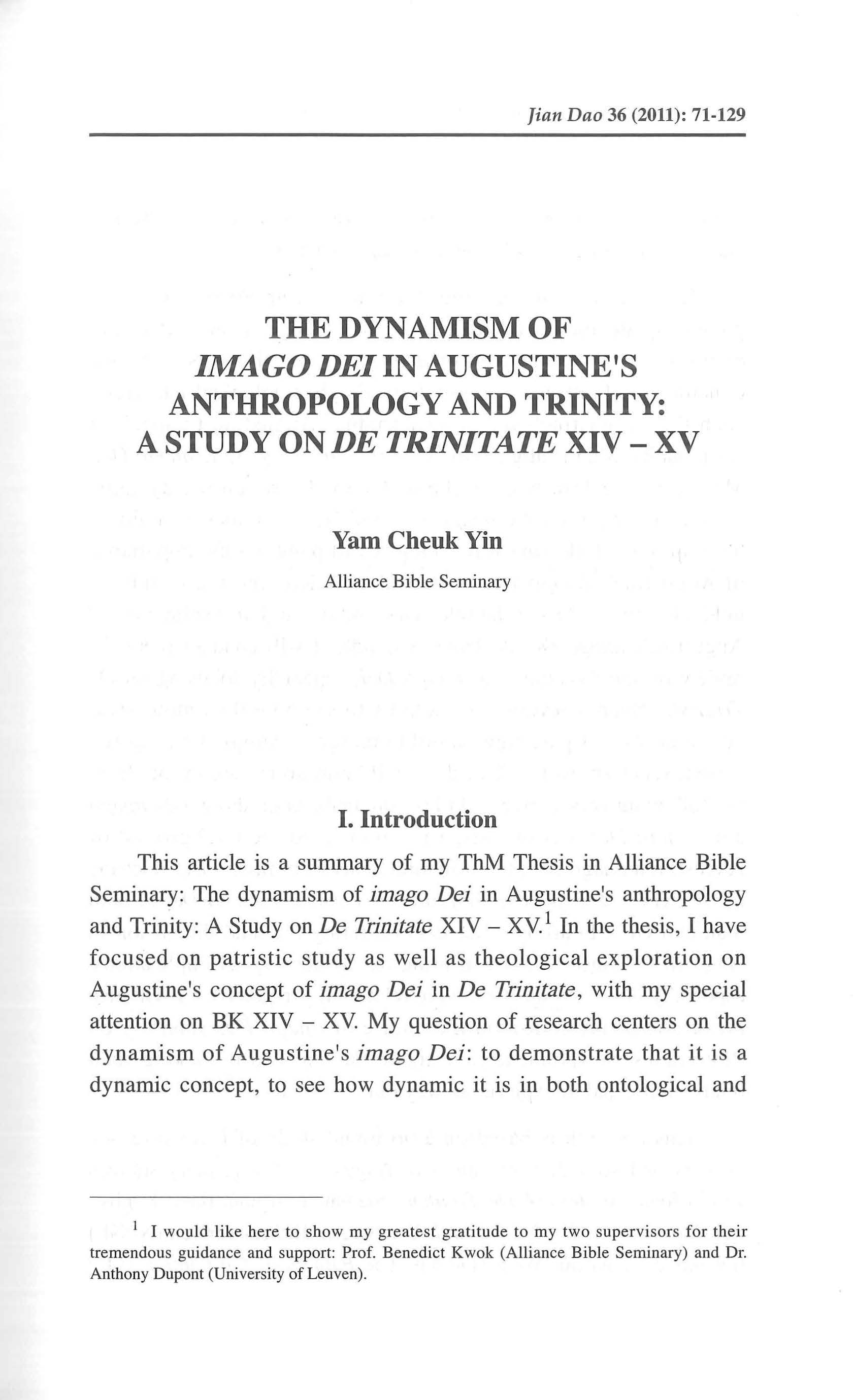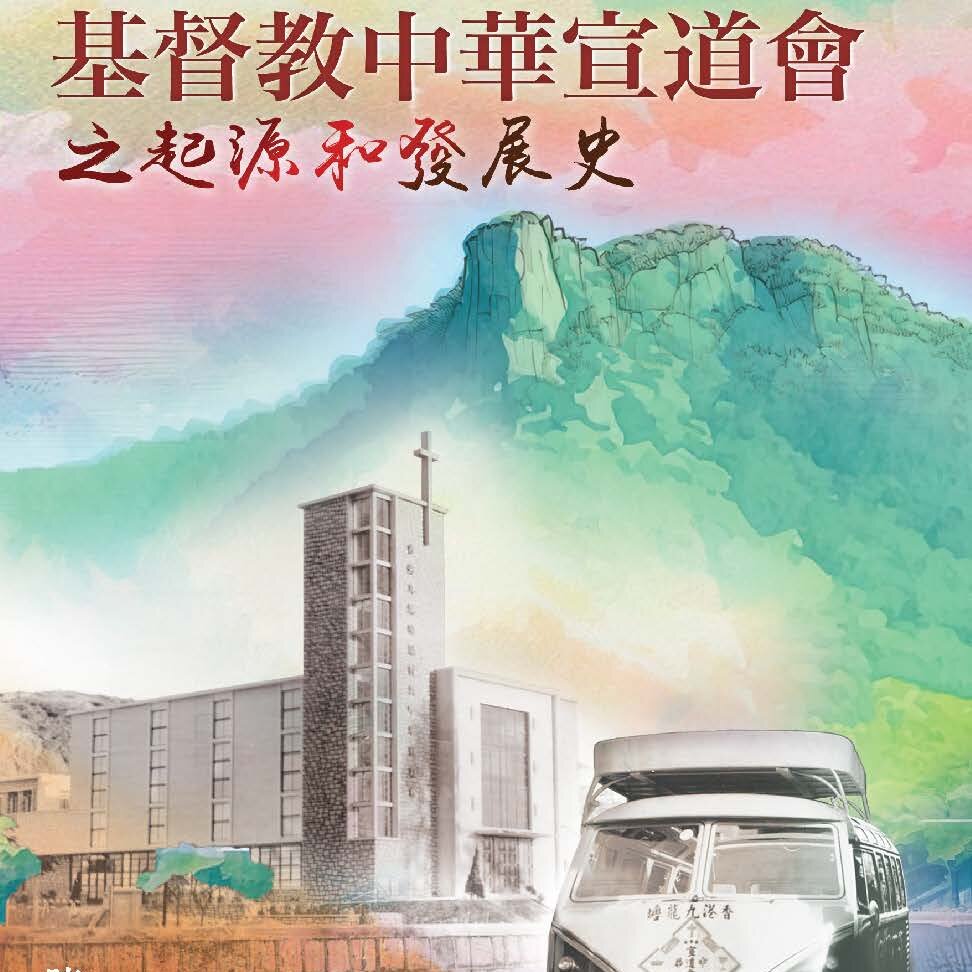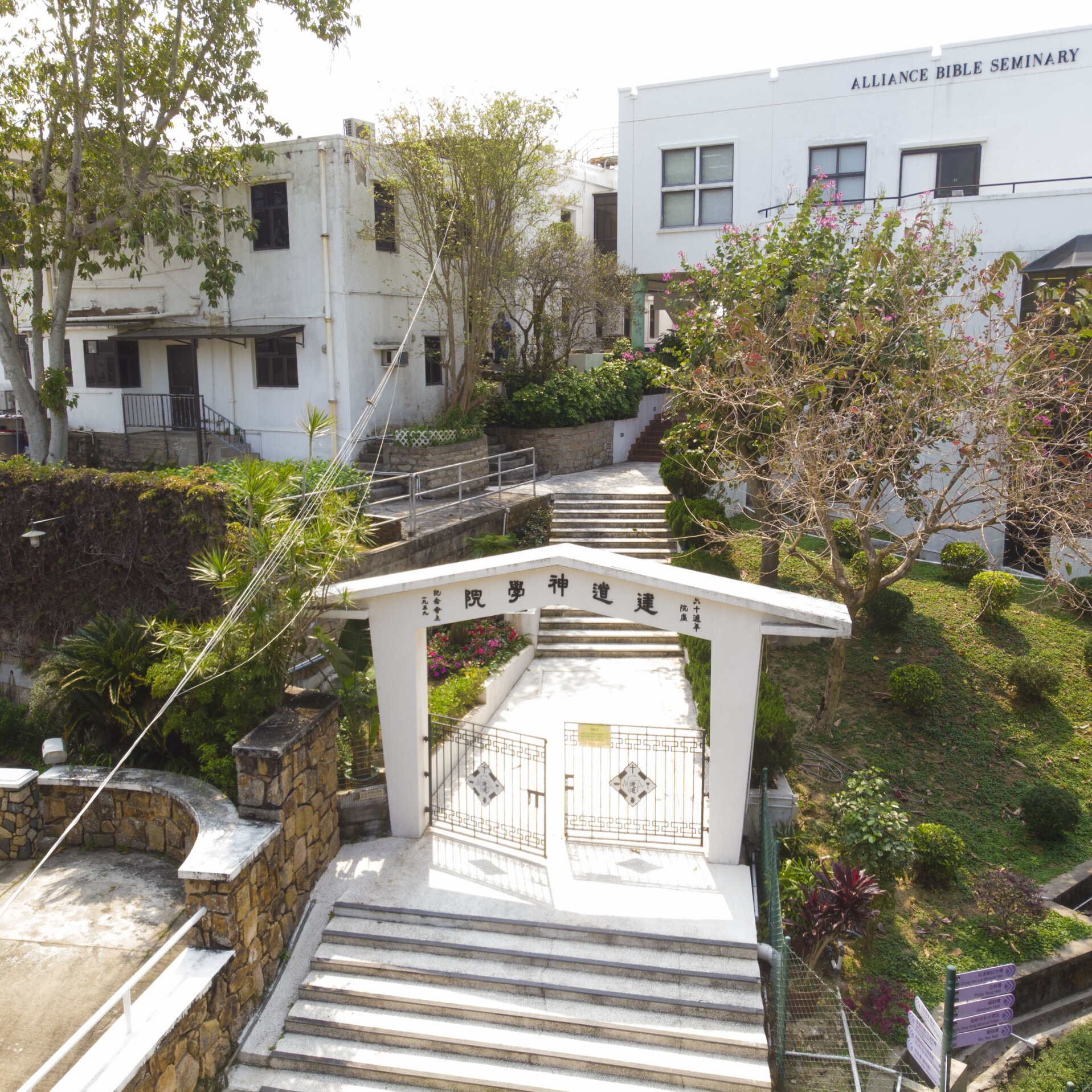The Dynamism Of Imago Dei In Augustine's Anthropology And Trinity: A Study on De Trinitate XIV-XV(論奧古斯丁之動態性上帝形象──一個對奧氏《論三位一體》卷XIV-XV之探究)/任卓賢
撮要
本文主要研究奥古斯丁神學中「神的形象」(imago Dei)這個概念,研究範圍集中於De Trinitate的卷十四及十五。「神的形象」這概念沿自聖經,是建構基督教人觀的一重要基石。對奧古斯丁而言,這概念尤為重要。透過「神的形象」所反映神與人的聯繫,他搭建出心靈類比這方法來理解三位一體。因此,在奥氏的思想系統中,「神的形象」不單停於人觀,這概念之重要性實在延至人觀、三一觀及神人關係。
奧氏搭建心靈類比,以至藉此開發其人觀及三一觀,乃源於對「神的形象」作一動態性的理解。對奥氏而言,「神的形象」是會成長的,不但如此,它更能從人一方伸延至上帝彼岸,因此是一動態觀念。本論文提倡,這動態包括兩個向度-本體性及知識性。我們要從這兩個角度去理解奧氏的動態神的形象,並且在奥氏的闡述中,這兩個向度環環相扣,以致他能發展出一動態人觀,以及能從人的內在反照延伸至對上帝三位一體的真實理解。這動態觀念的重要性,在於巧妙地連結起奧氏的人觀及三一觀,以致我們不須將心靈類比理解為一鼓吹個人主義的神學建構,而是從其過程我們能開發出一種新的神人關係性。
ABSTRACT
This article is a study on Augustine’s imago Dei concept, basing on De Trinitate BK XIV-XV. This concept originates from the Bible and is important to our interpretation of doctrine of man in all eras. It is especially the case in Augustine’s theology. With imago Dei,Augustine builds up his well known psychological analogies – searching the Trinity through an inward search(interiore modo). Therefore, in Augustine’s system, the concept imago Dei is important in our understanding of his anthropology, Trinity, and the God – man relation.
The way that Augustine can link imago Dei to psychological analogies,and so to both anthropology and Trinity, is through the dynamism of imago Dei.This research proposes that this dynamism exists in a dual dimension-ontological and epistemological. Such two dimensions are so inextricably bound together that enables Augustine to develop a growing anthropology and also establish a firm projection to Trinity through imago Dei. The significance of such dynamism is that it skillfully links anthropology and Trinity together, so that the psychological analogies are no longer regarded as an isolated inward search,but in the process of which displaying a kind of relationality between man and God.
原載於《建道學刊》36期(2011年7月),頁71-129。
Latest Articles
新手牧者研究計劃(三):新手牧者的身心靈狀態 / 盧慧儀
2025 年 11 月 19 日
個體與關係:滕近輝思想中「深化」的靈性觀 / 倪步曉
2025 年 11 月 18 日
香港九龍塘基督教中華宣道會之起源和發展史/陳智衡
2025 年 10 月 20 日
Highlights
[電子書]困境與抉擇:「建道研究中心30週年誌慶」跨學科研討會論文集/廖炳堂、倪步曉主編
2025 年 1 月 2 日
從梧州到長洲:建道神學院125年的挑戰與恩典 / 陳智衡
2023 年 10 月 1 日
微小教會的見證/高銘謙
2023 年 6 月 1 日







